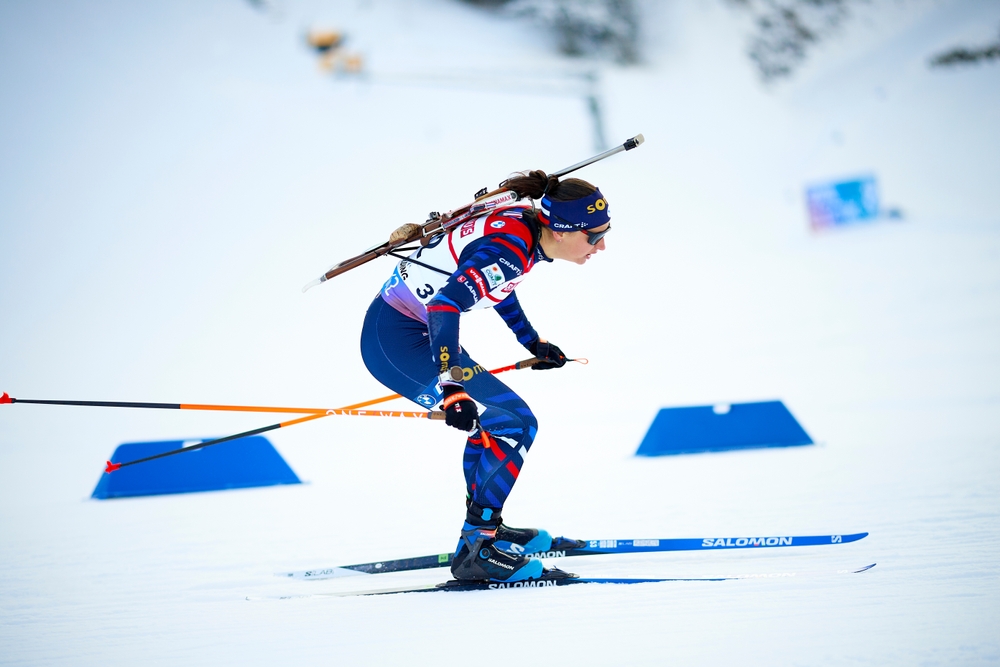A Deep Dive Into the Intricacies of Biathlon Performance Strategies
Rough terrains, biting cold, and the relentless ticking of the clock! Welcome to the world of Biathlon, a winter sport that combines cross-country skiing and rifle shooting. A competition of endurance, precision, and strategy, Biathlon is a captivating spectacle that tests the athletes' physical limits and mental prowess.

The Origins and Evolution of Biathlon
The roots of Biathlon can be traced back to Scandinavia, where people used to ski and hunt for survival. It evolved into a military exercise in the 18th century before being recognized as a competitive sport in the 20th century. The first world championship was held in 1958, and it was included in the Winter Olympics in 1960. Over the years, the sport has seen several changes in its format and rules, with the introduction of different race types and advancements in equipment.
The Strategy Behind the Sport
Biathlon is a sport of strategy as much as it is of physical prowess. It’s not just about skiing fast or shooting accurately; it’s about knowing when to push the limits and when to conserve energy, when to take risks and when to play safe. The key is to find the perfect balance between speed and accuracy, which requires a deep understanding of one’s strength and weaknesses, a sound knowledge of the course and weather conditions, and the ability to make quick decisions under pressure.
The Training Regime
Training for Biathlon is rigorous and multifaceted. It involves building endurance through long-distance skiing, improving shooting skills, and enhancing mental toughness. Athletes also need to work on their agility and balance, as they have to switch between skiing and shooting during the competition. The training methods vary depending on the athlete’s individual needs, the time of year, and the specific race type.
The Role of Sports Science
Sports science plays a crucial role in enhancing Biathlon performance. It helps in understanding the physiological demands of the sport, developing effective training methods, and optimizing recovery. It also provides insights into the psychological aspects of the sport, such as managing stress and enhancing focus. Moreover, advancements in sports technology have led to the design of more aerodynamic skis and more accurate rifles, contributing to improved performance.
The Future of Biathlon
The future of Biathlon is bright, with increasing global interest and rising participation levels. There’s a growing focus on making the sport more exciting and spectator-friendly, with innovations like mixed relay and mass start races. There’s also a greater emphasis on clean sport, with stringent anti-doping measures in place.
In conclusion, Biathlon is a unique and thrilling sport that combines physical endurance, mental toughness, and strategic thinking. It’s a test of the athlete’s ability to push their limits while maintaining precision and control. And as sports science continues to evolve, we can expect to see even higher levels of performance in the future. Whether you’re a seasoned athlete, an aspiring player, or a sports enthusiast, Biathlon offers a fascinating insight into the world of competitive sports.




